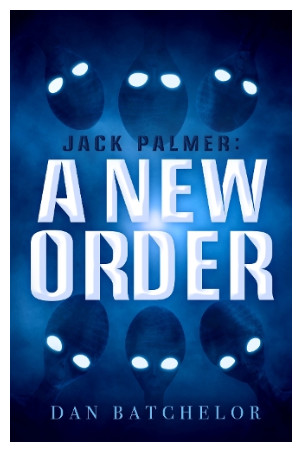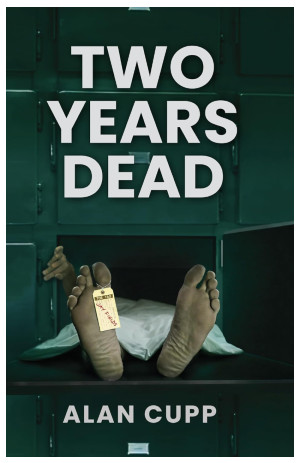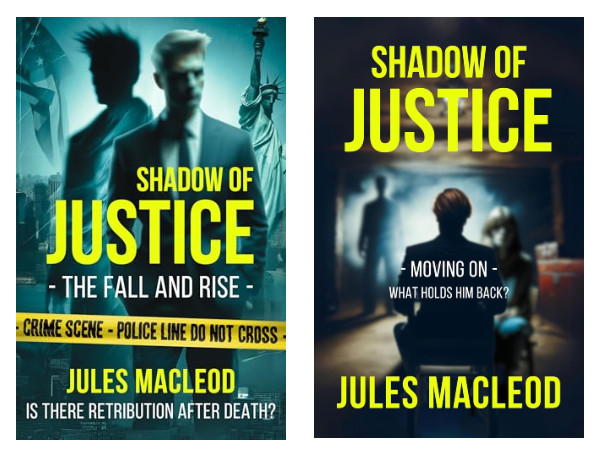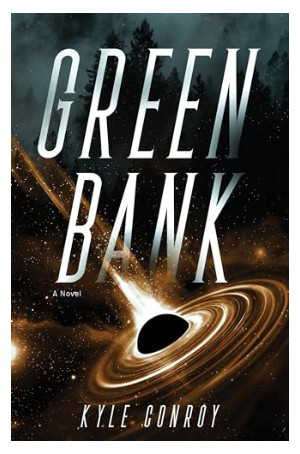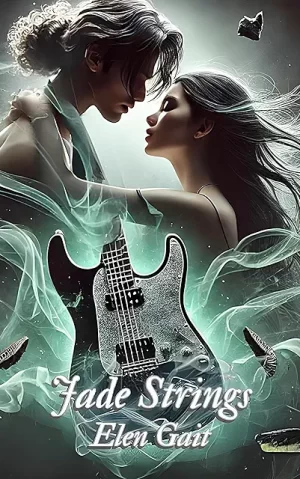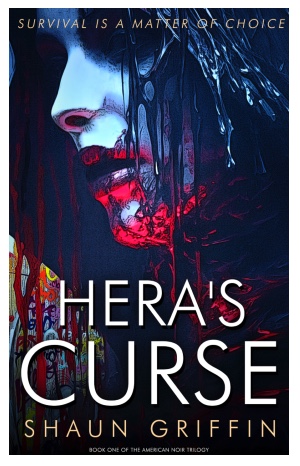Moonlight Justice by Nala Nicole-review & guest post
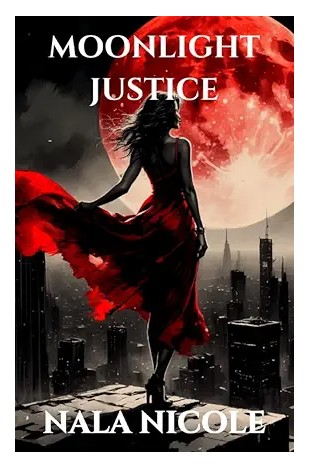
Amazon.com / Amazon.ca / Amazon.uk / Amazon.au /
Don’t own a Kindle? Download the FREE Amazon Kindle App for your mobile device or pc
ABOUT THE BOOK: Release Date May 31, 2025
Will Bella Hayes deliver justice or succumb to the darkness within?
Bella, a woman born on the moon, possesses extraordinary strength tied to the lunar cycle. By day, she is Detective Bella Hayes, a quiet observer of the law’s failures. By night, under the moon’s glow, she becomes something more—something not of this world. As her power surges, so does her thirst for justice.
When Radcliff escapes yet another trial unscathed, Bella and her partner Detective Mark Calloway, teams up with Lucas, her only friend at the Roguehaven Police unit, and tech genius, to pursue him into The Deep, the city’s haunting underground ruins. As she battles Radcliff’s henchmen, navigates a web of betrayal, and confronts her own inner demons.
••••••
REVIEW: This book is a mix of paranormal and crime drama.
We follow Detective Bella Hayes, a woman born under the mesmerizing glow of the moon, whose strength/speed and stamina is intertwined with its phases.
Nala Nicole crafts a really good story that delves into justice/inner darkness, and the quest for truth.
Bella is a captivating character, showing both the strength and vulnerability that comes with her supernatural abilities. As a daytime detective, she observes the failures of the law, but by night, (the lunar light) awakens a fierceness within her, which makes her into a relentless avenger. This duality makes Bella a richly layered character, whose journey reflects not only her battles against external enemies like Radcliff a slippery and manipulative antagonist but also her internal struggles.
The supporting characters add to the story, particularly Detective Mark Calloway and Lucas, the tech savvy ally. Their banter and teamwork against Radcliff’s henchmen provide an engaging dynamic that balances action with emotional moments. The author weaves themes of friendship and loyalty, really well, I had moments where I did laugh (not the best place when your on a packed train 😝)
The Deep, an underground paradise turned nightmarish ruin. Is the setting for not only the final battle (which was awesome by the way) but for Radcliff to build his empire….
The pace of the novel is set at a constant pace.
The writing is vivid and thought provoking, and at times I could see myself in, the urban landscape and the eerie ambiance of The Deep. The pull of the moon and its changing phases mirrored Bella’s evolving psyche and we watch as she grapples with the darker aspects of her nature.
While the plot builds toward an electrifying climax, it also raised a question about justice and the implications of vengeance. Bella’s journey of self discovery and her confrontation with personal demons make the story really come to life. The definitions of right and wrong, and what cost to you if you take justice into your own hands.
In conclusion, *Moonlight Justice* is a captivating read that successfully mixes fantasy elements with a crime storyline.
Nala Nicole has created a compelling world where the line between justice and vengeance becomes increasingly blurred, and where Bella’s strength is tested against both external threats and internal conflicts.
Fans of urban fantasy and thrilling detective tales will find themselves enthralled by Bella’s journey, eager to uncover the next twist in her pursuit of justice.
This is absolute must read.
Copy supplied for review
🦋 Reviewed by Julie B

Believability in Paranormal and Fantasy Storylines: Anchoring the Unreal in the Real
By Nala Nicole
Fantasy and paranormal fiction stretch the limits of imagination—but even in a world of supernatural strength, a city’s propensity for crime, and moon-born heroines, one thing remains essential: believability. Without it, readers disconnect. They might enjoy the spectacle, but they won’t feel it. And feeling, ultimately, is what drives a story home.
Take my novel, Moonlight Justice, as a prime example. The protagonist, Bella Hayes, was born on the moon and draws her strength from the lunar cycle. That premise alone pushes genre boundaries—but what makes it work is how grounded the rest of the narrative is, in my opinion, of course. Bella isn’t just a super-powered woman chasing justice; she’s a detective who sees the system fail time and again. Her frustration is human. Her thirst for justice is relatable. And her transformation under the moonlight? It becomes symbolic, not just fantastical.
Believability in paranormal/fantasy fiction hinges on a few key elements:
1. Emotional Realism
No matter how far-fetched a power or setting may be, the character’s emotions must ring true. Bella’s internal struggle—between justice and vengeance, law and instinct—is deeply human. Readers don’t need to have lunar-powered strength to understand the pain of watching someone like Radcliff escape justice again and again. Her desire to become something more is believable because it taps into a common yearning: to reclaim power in a broken world.
2. Consistent Worldbuilding
In Moonlight Justice, Roguehaven isn’t just a backdrop—it’s a breathing, crumbling city with layers, secrets, and a haunting underbelly known as The Deep. The setting supports the supernatural without overwhelming it. The city’s darkness mirrors Bella’s own, giving context to her powers. When readers see Bella and her team—Detective Mark Calloway and tech genius Lucas—descend into the underworld to hunt Radcliff, they’re not just watching an action scene. They’re immersed in a fully-realized world with rules, danger, and stakes.
3. Flawed, Layered Characters
No fantasy hero should be invincible. Bella Hayes is powerful, yes, but she’s also emotionally bruised, morally conflicted, and haunted by the lines she’s willing to cross. Her flaws make her relatable. Readers believe in her journey because they see the cost of her choices. That tension—justice versus darkness—is what drives the plot and keeps readers invested.
4. Purposeful Supernatural Elements
Powers should mean something. Bella’s connection to the moon isn’t just a gimmick—it’s a metaphor for cycles, control, and change. Her strength surges under moonlight, but so does her rage. The paranormal element adds stakes to the emotional arc. It elevates the story without replacing the character’s humanity.
In the end, Moonlight Justice succeeds not because it has powers and underground lairs, but because it respects the core of storytelling: truth. In fantasy and paranormal fiction, believability doesn’t come from realism—it comes from resonance. When readers see themselves in the struggle, the magic becomes real.
Social Media: Facebook / Amazon Author/ Goodreads/


